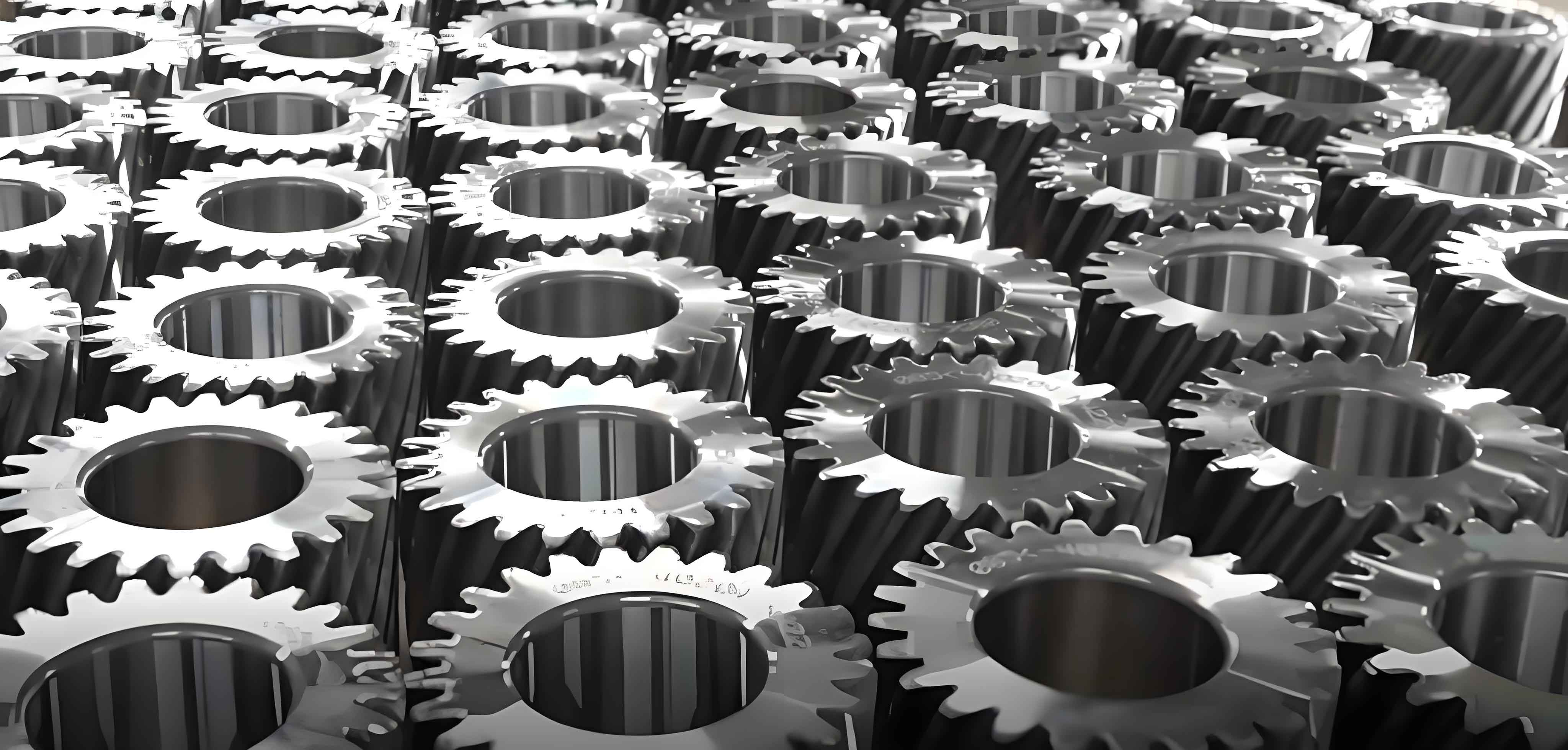Abstract
The multi-fault dynamic modeling method for spur gear, considering tooth deformation, gear matrix deformation, contact deformation, and tooth root transition curve. The time-varying meshing stiffness is calculated more accurately and efficiently to obtain the dynamic responses of gears with different faults. Simulation and experimental results show consistent damage in both time and frequency domains.

1. Introduction
Spur gear systems are prone to faults such as cracks, pitting, and tooth missing due to the alternating single and double-tooth meshing. The dynamics of spur gear is crucial for understanding fault mechanisms and fault diagnosis.
Table 1: Key Studies on Gear Meshing Stiffness
| Year | Authors | Method | Contributions |
|---|---|---|---|
| 1987 | YANG D C H et al. | Energy method | Proposed calculation of time-varying meshing stiffness |
| 2004 | TIAN X H | Improved energy method | Included shear potential energy |
| 2004 | SAINSOT | Analytical formula | Calculated gear matrix deformation |
| 2009-2016 | CHAARI F et al. | Analytical modeling | Considered gear matrix deformation in meshing stiffness |
2. Coupled Vibration Analysis Model of Spur Gear Pair
The coupled vibration analysis model of spur gear pairs is established considering tooth friction.
Table 2: Dynamic Equations
| Direction | Equations |
|---|---|
| X-direction (primary gear) | mpx¨p+cpx˙p+kpxp=Ff |
| X-direction (secondary gear) | mgx¨g+cgx˙g+kgxg=−Ff |
| Y-direction (primary gear) | mpy¨p+cpyy˙p+kpyyp=Fp |
| Y-direction (secondary gear) | mgy¨g+cgyy˙g+kgyyg=Fg |
| Rotational direction (primary gear) | Ipθ¨p=Tp+Mp−FpRp |
| Rotational direction (secondary gear) | Igθ¨g=−Tg+Mg+FgRg |
Where Fp and Fg are dynamic meshing forces, Ff is the friction force, and other symbols represent masses, damping coefficients, stiffnesses, torques, and displacements.
3. Time-Varying Meshing Stiffness Considering Tooth Root Transition Curve
The internal excitation of spur gear pairs mainly comes from the dynamic stiffness excitation between teeth. The energy method is used to calculate the time-varying meshing stiffness accurately.
The deformation at the meshing force application point consists of three parts: tooth deformation, spur gear matrix deformation, and contact deformation.
Table 3: Deformation Components
| Component | Deformation Formula |
|---|---|
| Tooth bending deformation (δb) | δb=KbF=F2dx |
| Tooth shear deformation (δs) | δs=KsF=F⋅∫l1l1.2cos2αpGAx1dx |
| Tooth axial compression deformation (δa) | δa=KaF=F⋅∫0lsin2αpEAx1dx |
| Gear matrix deformation (δf) | δf=Fcos2αpEW[sf2L∗uf+sfM∗uf+P∗(1+Q∗tan2αp)] |
| Contact deformation (δh) | δh=πEW4F(1−ν2) |
Where E is the elastic modulus, G is the shear modulus, Ix is the cross-sectional inertia, Ax is the cross-sectional area, and other symbols are parameters related to spur gear geometry and material properties.
4. Fault Simulations and Experimental Responses
4.1 Crack Fault
A crack of 1 mm depth and 45° angle is introduced at the midpoint of the tooth root transition line.
4.2 Pitting Fault
Pitting of 1 mm length, 10 mm width, and 0.5 mm depth is introduced at the pitch line.
4.3 Tooth Missing Fault
A tooth is removed to simulate the tooth missing fault.
5. Conclusion
- Considering the tooth root transition curve improves the accuracy of spur gear meshing stiffness calculations. The fault characteristics in simulation and experimental responses are consistent.
- The proposed method can simulate the response characteristics of spur gear with different fault severities, providing a reference for establishing fault databases.
- The fault characteristics of mild pitting are not obvious in the frequency domain and require further research.
